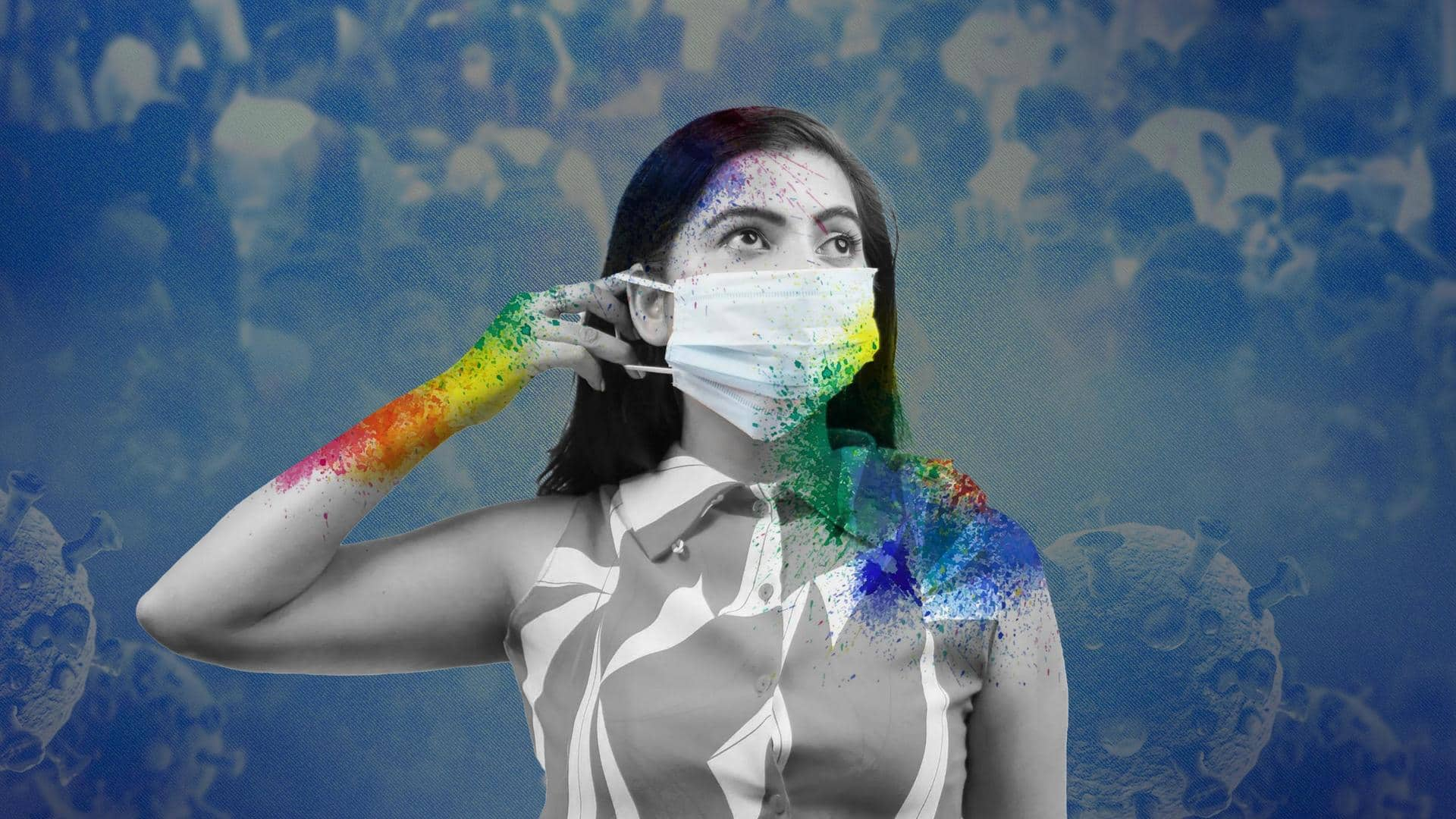
Steep rise in H3N2, COVID-19 cases; masks, other measures return
What's the story
Respiratory illnesses due to Influenza A virus subtype H3N2 and COVID-19 cases reportedly witnessed a steep rise over the last week in India, prompting authorities to implement precautionary measures. Dr. Randeep Guleria, former AIIMS-Delhi chief and the Institute of Internal Medicine and Respiratory and Sleep Medicine chairman, said more H3N2 cases were being reported as people's immunity against it decreases as the virus mutates.
Context
Why does this story matter?
Several parts of India have reported a substantial number of influenza cases in which a persistent cough and prolonged illness were seen over the last two or three months, sparking concerns among the authorities and healthcare experts. Two years after the outbreak of the coronavirus pandemic, which is still ongoing, the latest increase in influenza infections has triggered fear among the general public.
Statement
What did Dr. Guleria say?
Speaking to ANI, Dr. Guleria said the country is currently witnessing an increase in influenza cases, with patients experiencing fever, sore throat, cough, body aches, and runny nose. "[This] is a type of influenza virus, which we see every year during this time of the year. But it...changes over time, it mutates over time and what we call an antigenic drift," he added.
Comments
H3N2 virus mutates, immunity against it decreases: Dr. Guleria
Dr. Guleria said the current strain of the virus circulating is H3N2, which emerged over a decade after H1N1 (swine flu) pandemic in India. "It is a normal influenza strain. But we are seeing more cases because as the virus mutates a little bit, the immunity...against the virus becomes a little less...therefore people, who are susceptible, tend to get infections more easily," he added.
Masks
Wear mask to prevent getting infection: Experts
Following the upsurge in cases, health experts issued an alert for people with co-morbid conditions. "If we need to really prevent yourselves from getting influenza. We need to wear a mask if we're going to crowded places," Dr. Guleria said. "We also need to wash our hands frequently and...have physical distancing...for influenza also there is a vaccine for the high-risk group and the elderly."
States
Several states announce measures ahead of Holi
After witnessing a rise in cases, many states have imposed restrictions and ordered precautionary measures ahead of the Holi festival. While the Karnataka government made face masks for health workers mandatory, Uttar Pradesh's Gautam Buddh Nagar also imposed prohibitory orders under Section 144 of the CrPC, restricting public gatherings. Meanwhile, Telangana's capital Hyderabad reported a massive rise in viral flu cases last week.
ICMR alert
ICMR and IMA issued alerts to public
Last week, experts from the Indian Council of Medical Research (ICMR) issued an alert and attributed the persistent cold and cough running through the country to Influenza A virus subtype H3N2. Later, the Indian Medical Association (IMA) also instructed against the indiscriminate use of antibiotics amid the recent spike in cough, cold, and nausea cases across the nation.
About
What are H3N2 infection symptoms?
The most common symptoms include a persistent cough and fever. In recent cases, several people have been reporting prolonged symptoms as well. The ICMR has also issued a "dos and don'ts" list to help individuals avoid catching the virus. It advised people to follow appropriate hand and respiratory hygiene practices. The infection usually lasts about a week, but the cough might last much longer.
COVID-19 cases
COVID-19 sees 63% rise within week
According to TOI, COVID-19 cases have also increased in the last three weeks. The country recorded a 63% week-on-week increase in COVID-19 cases in the seven days that ended Sunday, according to the report. The majority of incidences were recorded in South India and Maharashtra. Notably, India recorded more than 300 new COVID-19 cases on March 4, almost after 97 days.